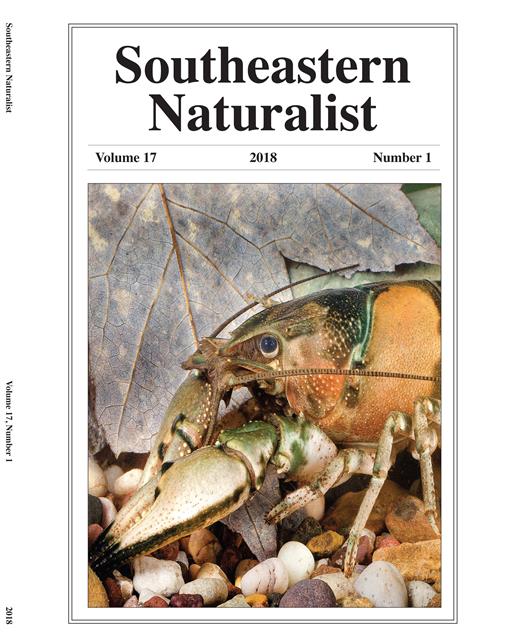To examine whether chemical cues from intraguild predators may affect microhabitat selection by plethodontid salamanders of the genus Eurycea, we tested metamorphosed individuals for the ability to discriminate among odors from 3 larger salamander species. Metamorphosed individuals of Eurycea and 2 of the larger species (Gyrinophilus porphyriticus [Spring Salamander] and Pseudotriton ruber [Red Salamander]) are semiaquatic and often inhabit streamside environments, whereas individuals of the third of the larger species, Plethodon glutinosus (Northern Slimy Salamander), are strictly terrestrial and primarily inhabit woodlands. In the lab, we placed each Eurycea individual in a petri dish with 2 substrate choices. One substrate had chemical cues (i.e., skin secretions and wastes deposited for 6 d) from an adult individual of 1 of the 3 large salamander species, whereas the other substrate had chemical cues from an adult individual of a small Plethodon species (P. dorsalis [Northern Zigzag Salamander] or P. ventralis [Southern Zigzag Salamander]). We recorded the location of each individual on either substrate at 3-min intervals for 2 h. For individuals of both Eurycea cirrigera (Southern Two-lined Salamander) and E. longicauda (Long-tailed Salamander), we tested different experimental groups with the odor of 1 large salamander species. Our results indicate that Southern Two-lined Salamander individuals in Kentucky avoid chemical cues from Spring Salamander and Red Salamander, but not Northern Slimy Salamander. Individuals of both Southern Two-lined Salamander and Long-tailed Salamander in Alabama avoid chemical cues from Red Salamander, but not Northern Slimy Salamander. Spring Salamander and Red Salamander often prey on salamanders, whereas Plethodon rarely do; thus, we conclude that individuals of different Eurycea species and populations distinguish the odors of salamander species that are potential predators.
How to translate text using browser tools
1 February 2018
Chemical Detection of Intraguild Predators (Gyrinophilus, Pseudotriton) by Streamside Plethodontid Salamanders (Eurycea)
Glenn A. Marvin,
Paul V. Cupp
ACCESS THE FULL ARTICLE

Southeastern Naturalist
Vol. 17 • No. 1
February 2018
Vol. 17 • No. 1
February 2018




